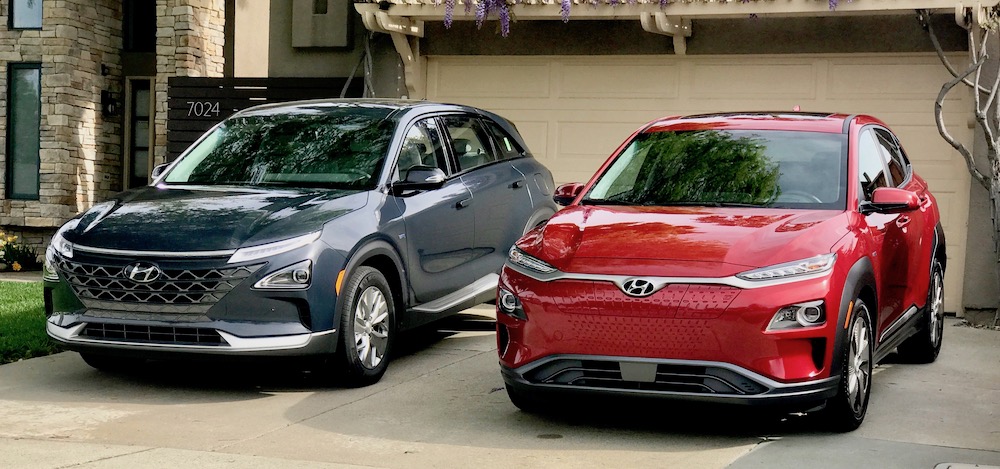DougWantsALeaf
Well-known member
Forum,
When looking at the Kia Niro vs. H. Kona vs. Nissan Leaf + SV all are about the same weight, 3,800 Lbs. (give or take 40 lbs). The Aerodynamic coefficient is the same for Leaf and Niro, and much higher for the Kona.
Kia/Hyundai are both at 64kWh, so the 2 kWh difference would account for about 8 miles of range difference.
What else is driving the range difference in range of 258, 239, and 215 for the Leaf SV.
The 43 mile difference in range between Kona and Leaf feels high given how similar the other aspects are for the 2 cars, especially given the .32 drag coe. vs. .29 for Leaf (and niro).
Inverter, tires, ...what else is driving the difference?
When looking at the Kia Niro vs. H. Kona vs. Nissan Leaf + SV all are about the same weight, 3,800 Lbs. (give or take 40 lbs). The Aerodynamic coefficient is the same for Leaf and Niro, and much higher for the Kona.
Kia/Hyundai are both at 64kWh, so the 2 kWh difference would account for about 8 miles of range difference.
What else is driving the range difference in range of 258, 239, and 215 for the Leaf SV.
The 43 mile difference in range between Kona and Leaf feels high given how similar the other aspects are for the 2 cars, especially given the .32 drag coe. vs. .29 for Leaf (and niro).
Inverter, tires, ...what else is driving the difference?




